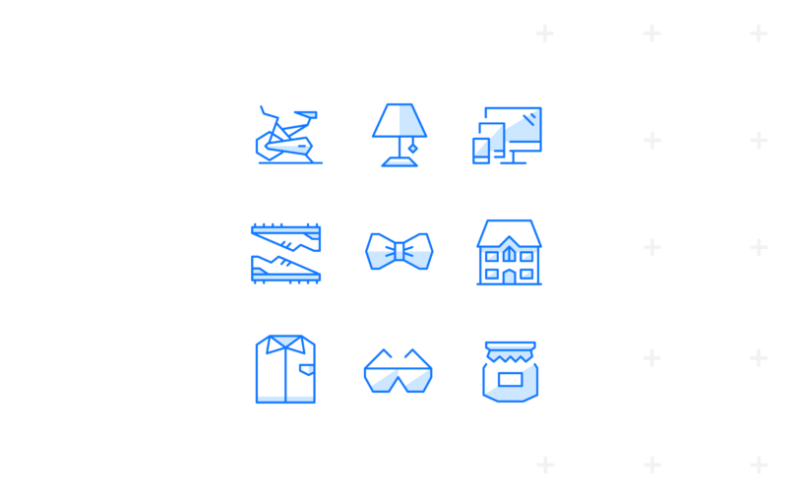Retail is among the many industries in the US experiencing significant shifts in buying behavior due to COVID-19. Roughly 75% of US consumers who responded to a February poll said they would steer away from shopping centers altogether1 due to growing concerns around the coronavirus. Unsurprisingly, March saw a drop in US retail sales by 4.4%2. Since shoppers are avoiding in-store visits and many retailers have had to close their physical locations completely, we are seeing an uptick in retail site traffic as more consumers take their shopping online.
By examining Quantcast’s first-party data before and after the COVID-19 outbreak, we were able to explore the shifting audiences within two primary categories of online retail: fashion and home goods.

While US retail sales have been impacted overall, we are seeing a surge in online activity likely due to new audiences now shopping online. Conversions on fashion retail sites grew 32% in March vs. February, and home goods conversions jumped a massive 119% for the same time frame. Although activity declined in mid-to-late March when shelter-in-place orders were just beginning to take effect, spending is now increasing as quarantine wears on and consumers shift their buying to online retail sites.

Reacting in a nearly inverse manner, both fashion and home goods sites are noticing traffic from age brackets they are not accustomed to seeing. Whereas online fashion and apparel commerce was previously dominated by the under 40 crowd, that trend has flipped. This is likely due to the over 40 crowd, who are more accustomed to brick and mortar shopping, now having limited opportunity to run errands and instead having to browse online. Conversely, home goods traffic is skewing younger, which can likely be attributed to younger audiences needing to work from home or begin remote learning.

The composition of the home goods-purchasing audience has become more affluent, as we are seeing audiences with more disposable income voraciously invest in home decor and improvement projects since COVID-19. Conversely, Fashion-purchasing audiences are skewing towards lower-income households, which appear to be taking advantage of steep discounts and other incentives offered by fashion retailers in an effort to mitigate revenue losses due to COVID-19.

Home goods buying was previously dominated by desktop and laptop purchases. However, these sites have witnessed a +5% swing towards mobile and tablet devices. Fashion is no stranger to mobile purchasing, but has actually observed a 1% swing back towards desktop buying.
We’re looking at how consumer behavior continues to change over time during this crisis. Be sure to check out our insights hub for new insights in the coming weeks.
For more information on how Quantcast can help your brand understand online consumer behavior in real-time, get in touch here.
